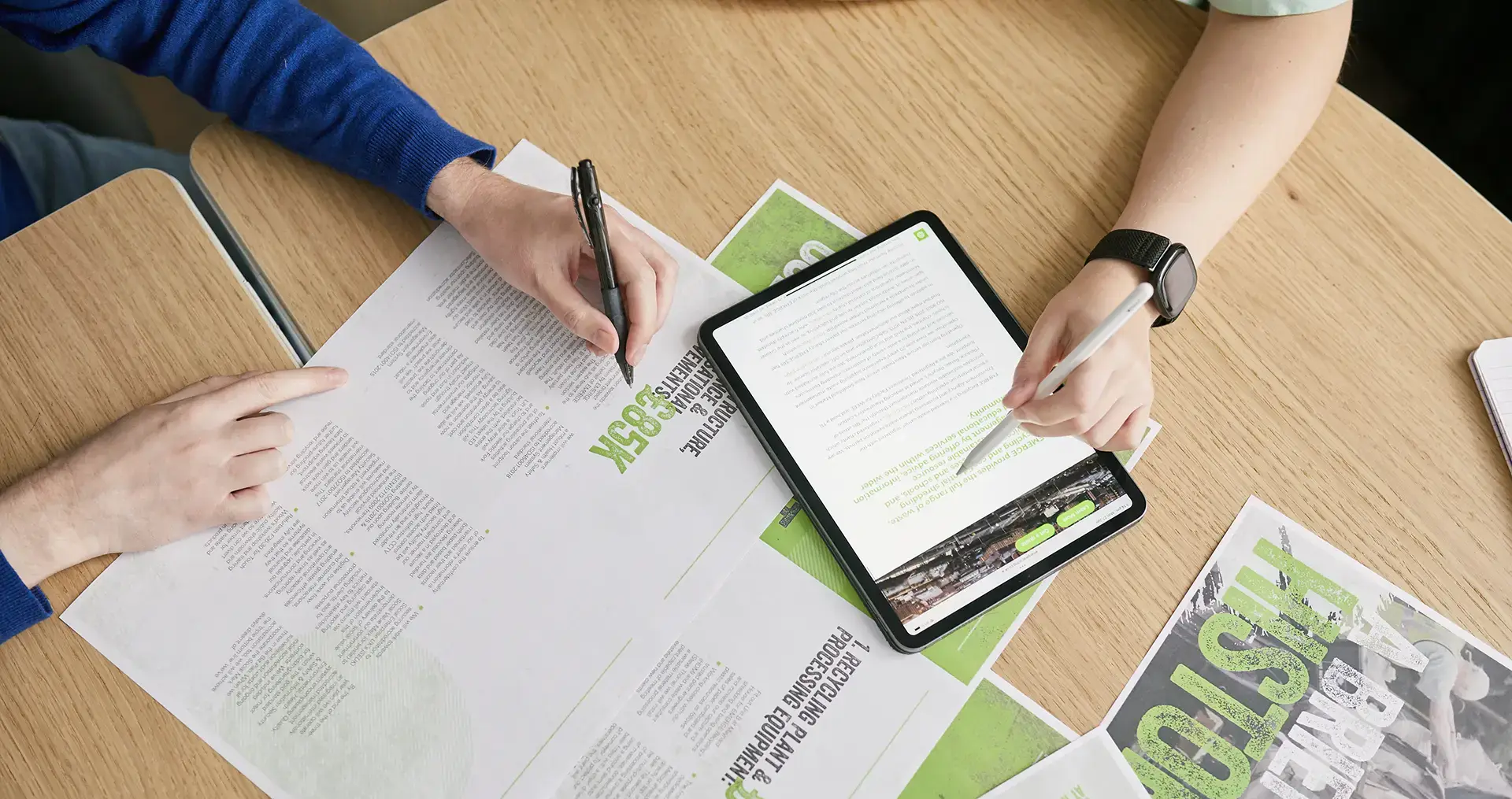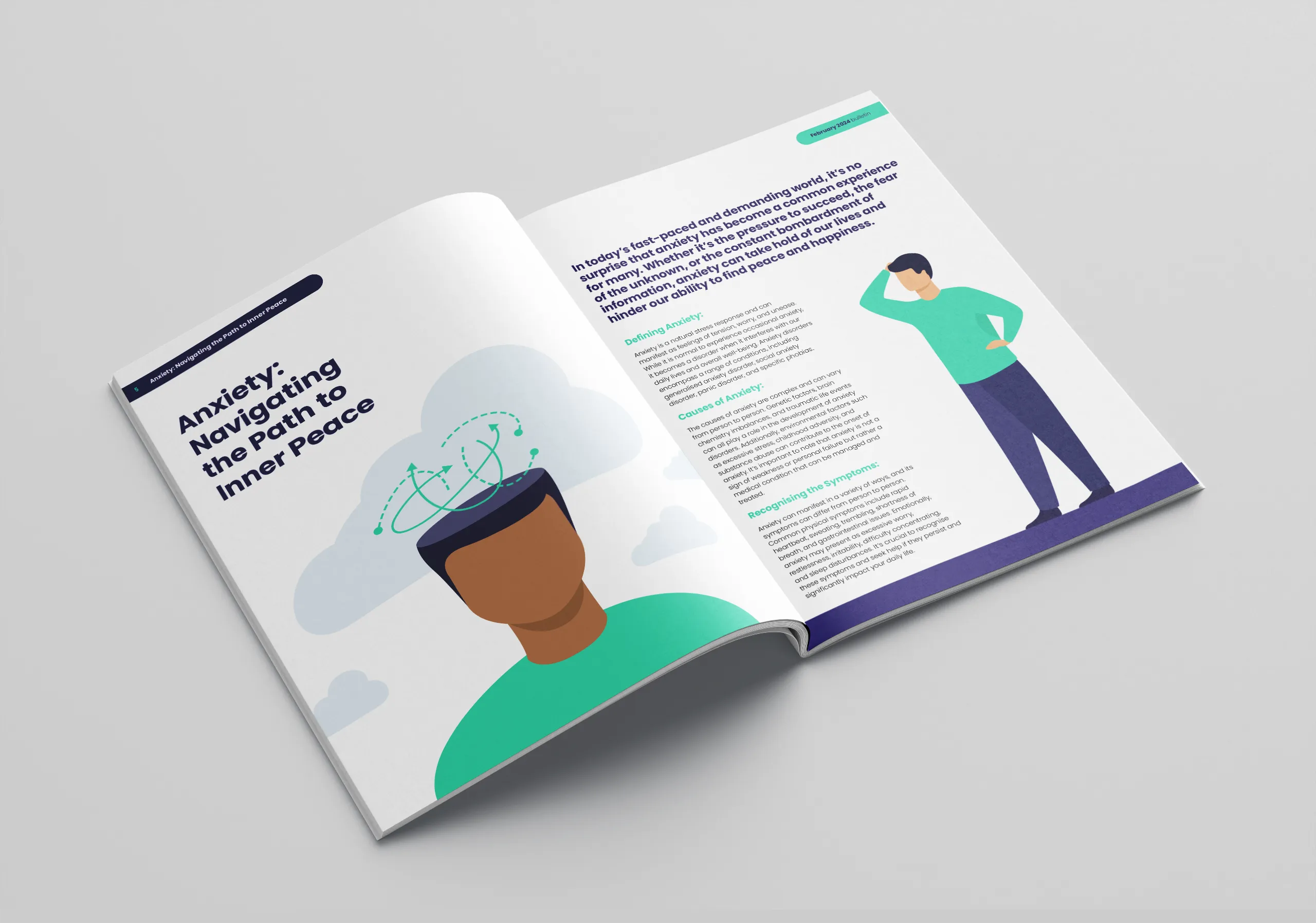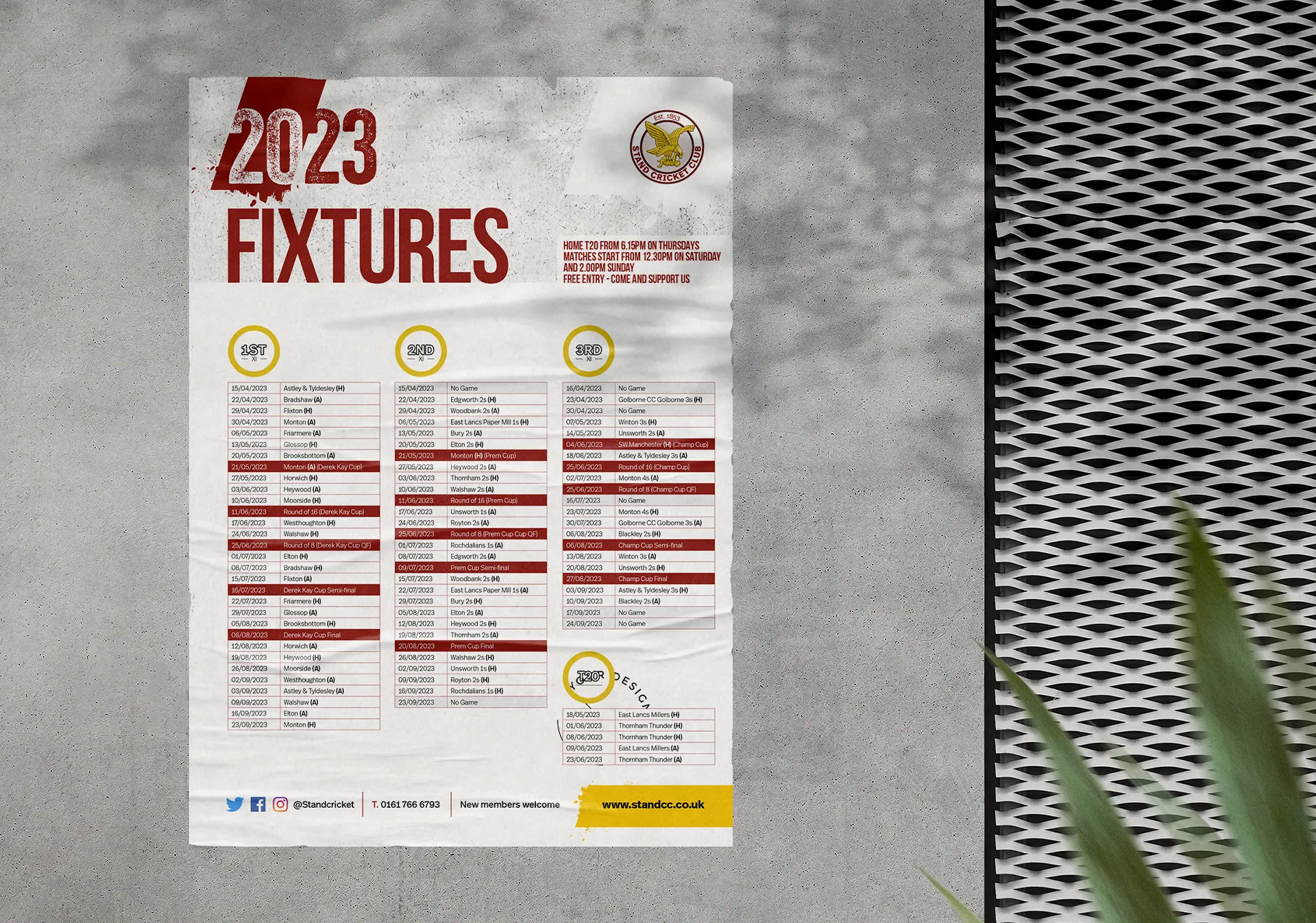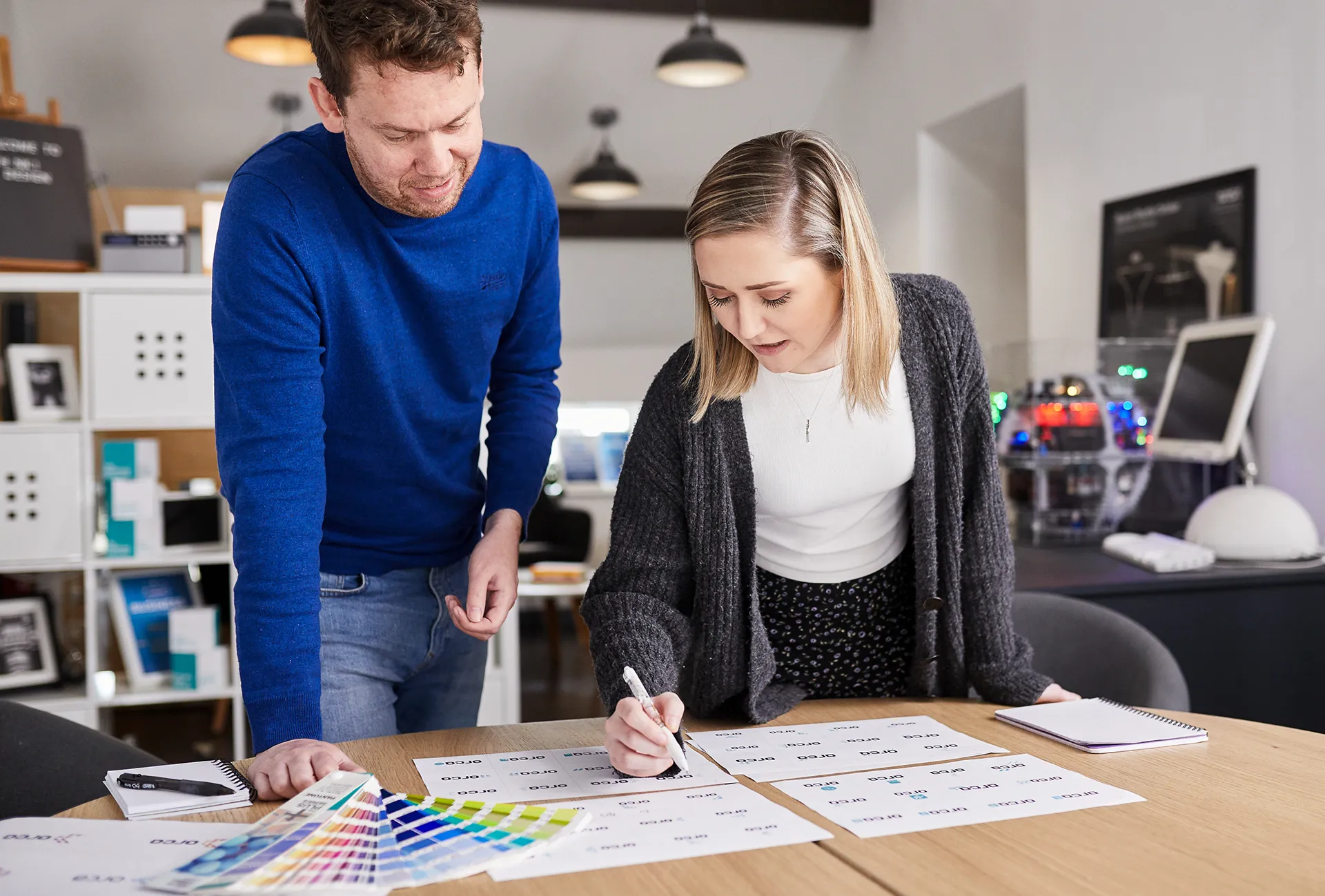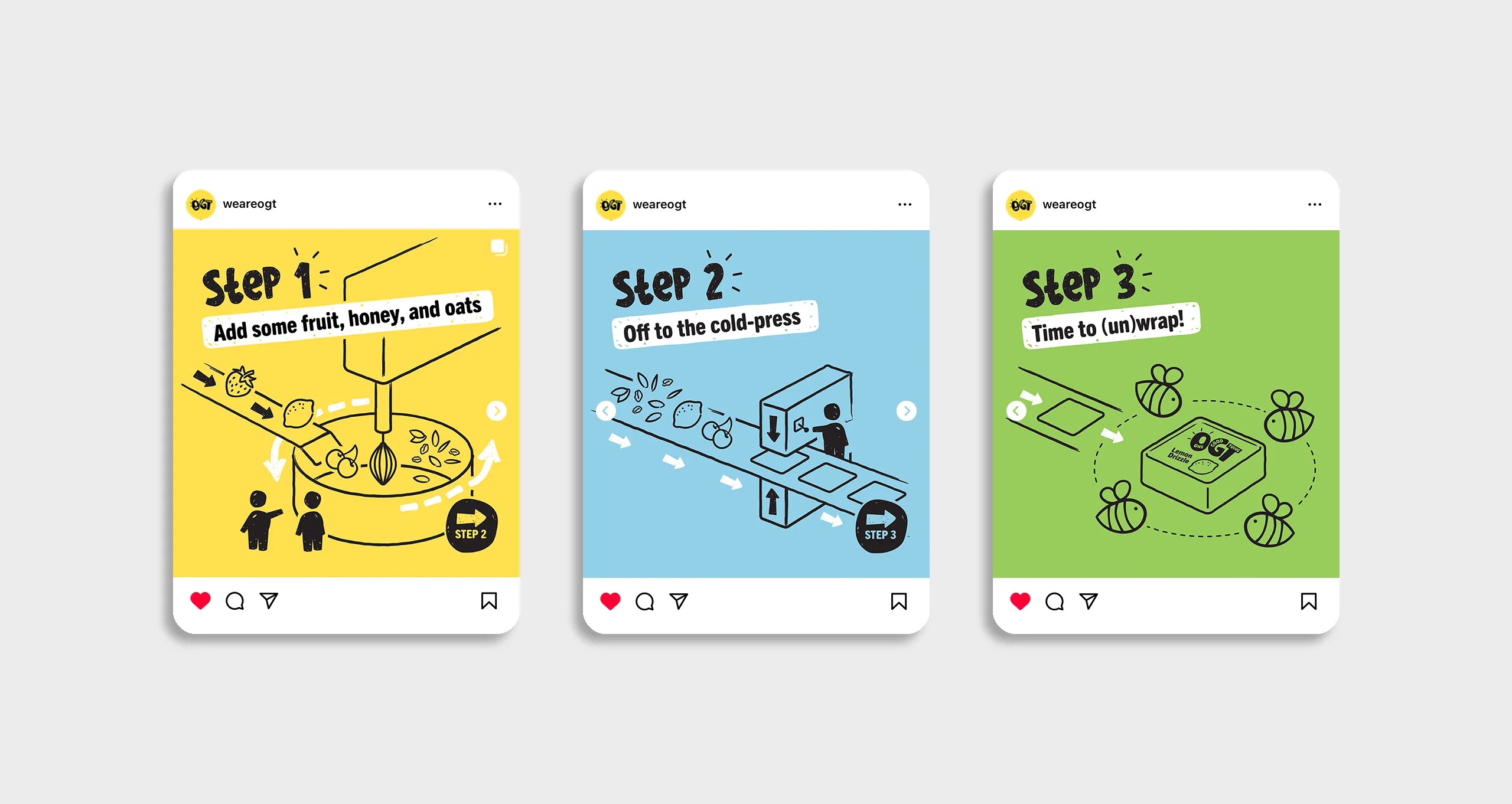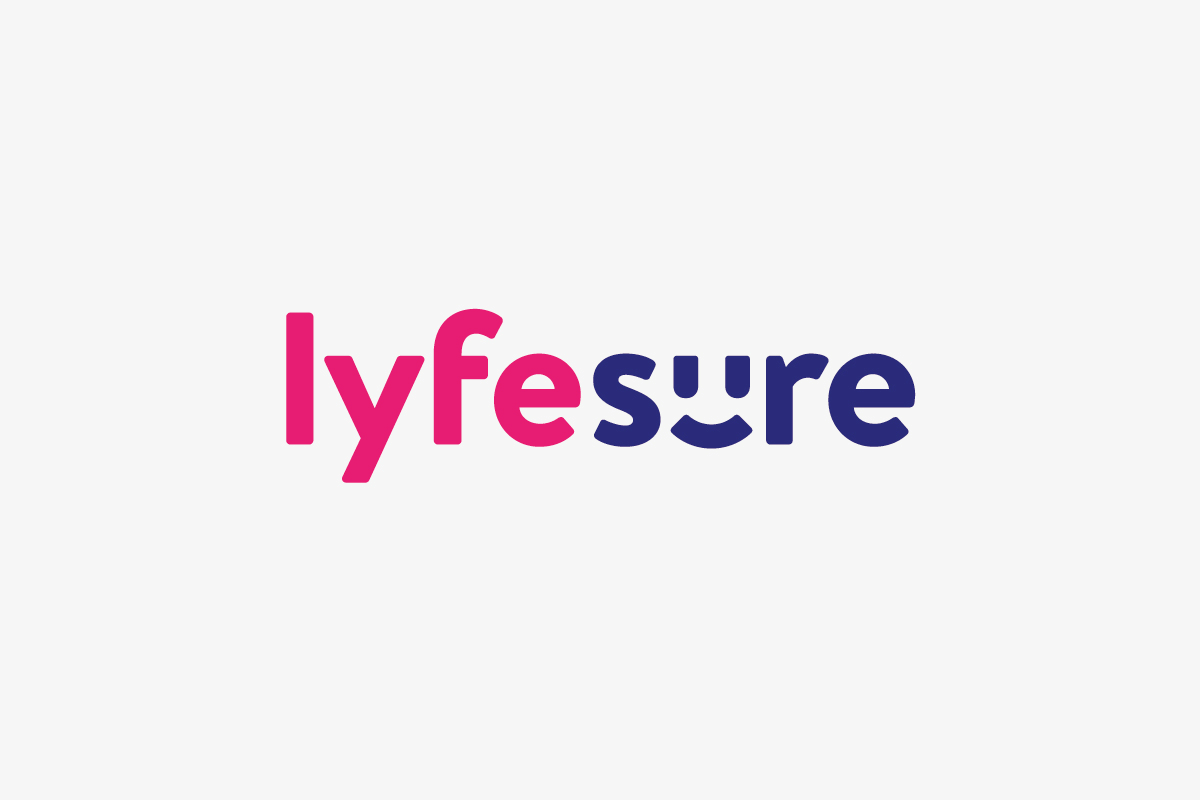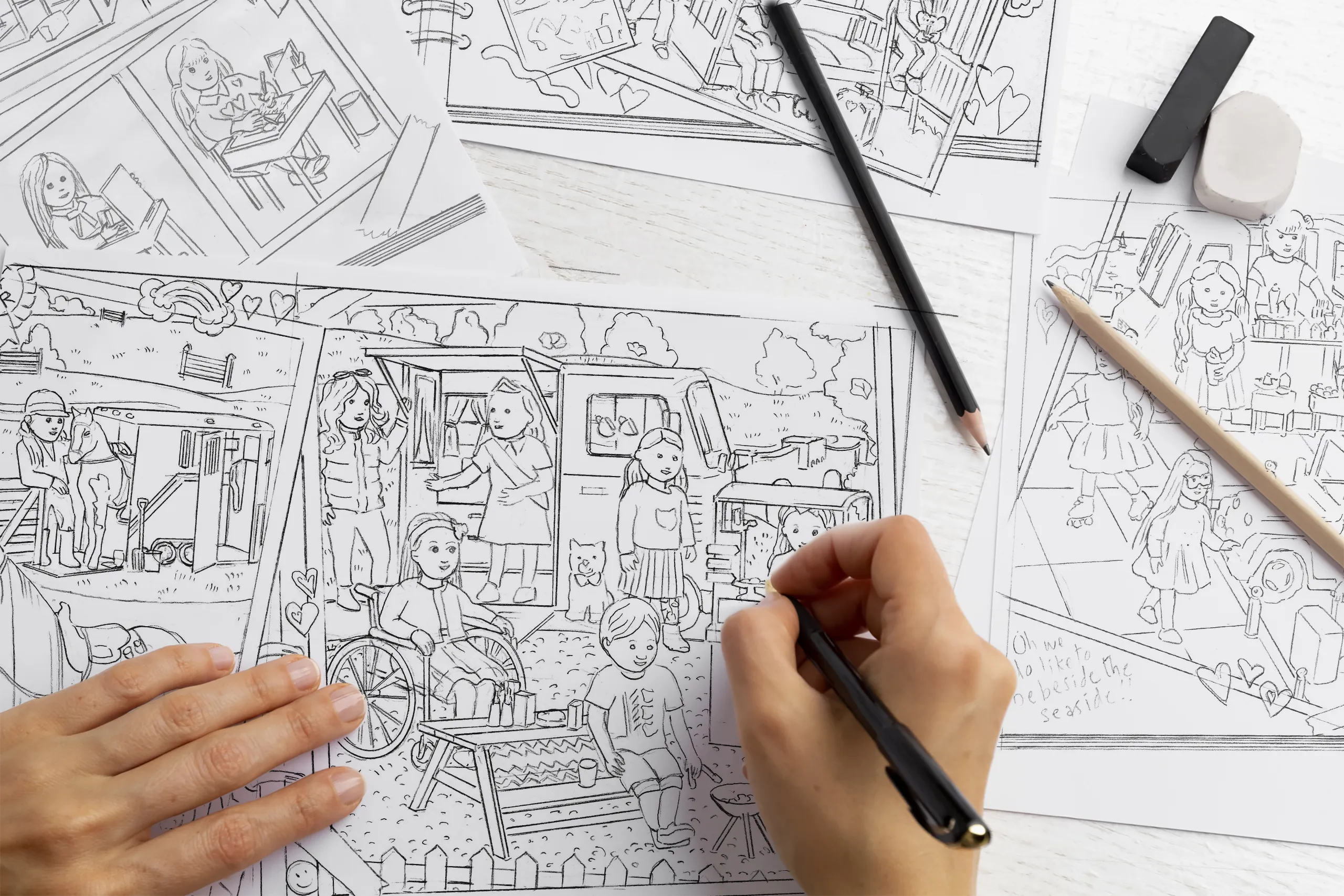How graphic design works
Here’s the science bit…
Graphic design takes design elements – colours, shapes, typefaces, illustrations, images, photography – and puts them together in a way that looks good. The elements themselves have a psychological impact and can be used to excellent effect.
Colours are strongly associated with emotions: red for danger, passion and excitement; green for nature and healing; yellow for creativity and happiness; white for innocence, honesty and simplicity. Graphic designers use colours palettes to communicate base emotions and to excite them too.
Typeface communicates a message all of its own. Not only does it promote legibility and convey personality, it also speaks volumes about intended tone and sentiment. The words “I will always find you” read as a sentiment of affection in a flowing script but a scary threat in a Gothic typeface.
The layout of images and text on a page or screen is crucial to ensure that any design is both visually appealing and easy to navigate. Images, illustrations and photographs enhance and reinforce messages.
6 ways designers use their artistic skills and creativity to bring visual concepts to life:
Branding: Graphic design plays a significant role in creating and maintaining a brand’s identity. Modern brand materials need to be versatile and adaptable to cover the myriad platforms that are available to reach customers.
Print: From posters and brochures to magazines and newspapers, graphic designers get the point across. Before you think that print media is no longer relevant in today’s online society, we can assure you it’s still going strong.
Web and app design: In digital design, a graphic designer will design user interfaces (UI design) to ensure a user experience (UX) that is visually pleasing and easy to navigate. This will keep your user online longer and increase the opportunity for sales or action.
Social: Well-designed social posts can stop the scroll. Eye-catching graphics, emotive photography, image-based infographics: savvy businesses use visual content to grab and hold attention. This strategy helps businesses maintain a strong online presence on busy platforms.
Packaging: Graphic design plays a crucial role in packaging design, itself a complex skill. Packaging must be attention-grabbing, visible and intelligible. Design of packaging affects the initial perception of a product and, inevitably, the purchase decision.
Advertising: From creating eye-catching ad campaigns to designing promotional materials for billboards, flyers or online communications, graphic design is your advertising advantage. Scaled up, or scaled down, graphic designers ace advertising.
